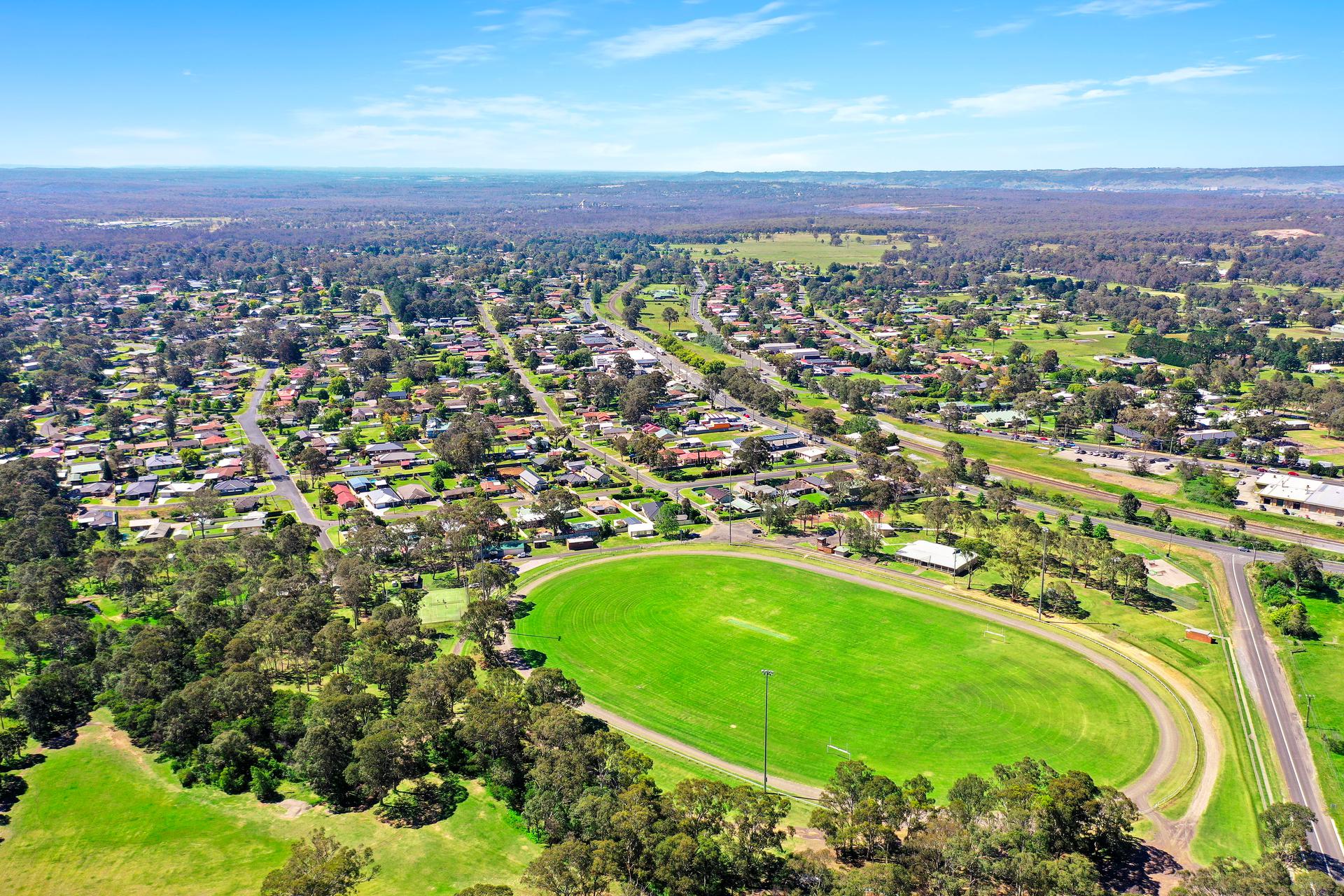When the ‘Cowpastures’, Bargo and acres further inland were opened up for settlement after 1815, a number of small land grants were surveyed in the Wilton area – then known as East Bargo, but only a few taken up. In its earliest days Wilton area was best known for the main roadway which went from…
The area now known as Thirlmere was first traversed by Europeans as early as 1798 (Wilson), whose attention was more focused on Thirlmere Lakes (Barrallier, 1802) and finding an alternate route north towards Bathurst. In the earliest days it was part of the general geographic area south of Appin known as ‘Bargo’. Although a few…
Tahmoor was originally traversed by European settlers as early as 1798 – a party led by John Wilson, although it is probable that he had been here before. Tahmoor has a major shopping centre, supermarket and banks. Many shops are open on weekends. Plenty of cafes and take-away food bars. There is a large hotel…
Picton is about 80 kilometres south west of Sydney. At about the geographical centre of the Wollondilly region, it is also the main town and administrative centre of the region. First explored by Europeans in 1798, it remained ‘beyond the pale’ – declared a ‘no go’ area by the Governors who sought to restrict settlement…
Buxton is a small village about 30 kilometres south of Picton on the ‘Old Loop Line’ Railway. Named after a town in Derbyshire, England the town owes its existence to the railway. In 1867 the Great Southern Railway was extended from Picton to Mittagong along a steep incline atop the ridge on which Buxton today…
Bargo is about 100 kilometres south west of Sydney. At the southern end of the Wollondilly region, it is also a main residential town surrounded by farmlands. First explored by Europeans in 1798, who discovered their first Koalas, lyrebirds and wombats here, the area was covered in dense scrub and called by the Europeans the…






